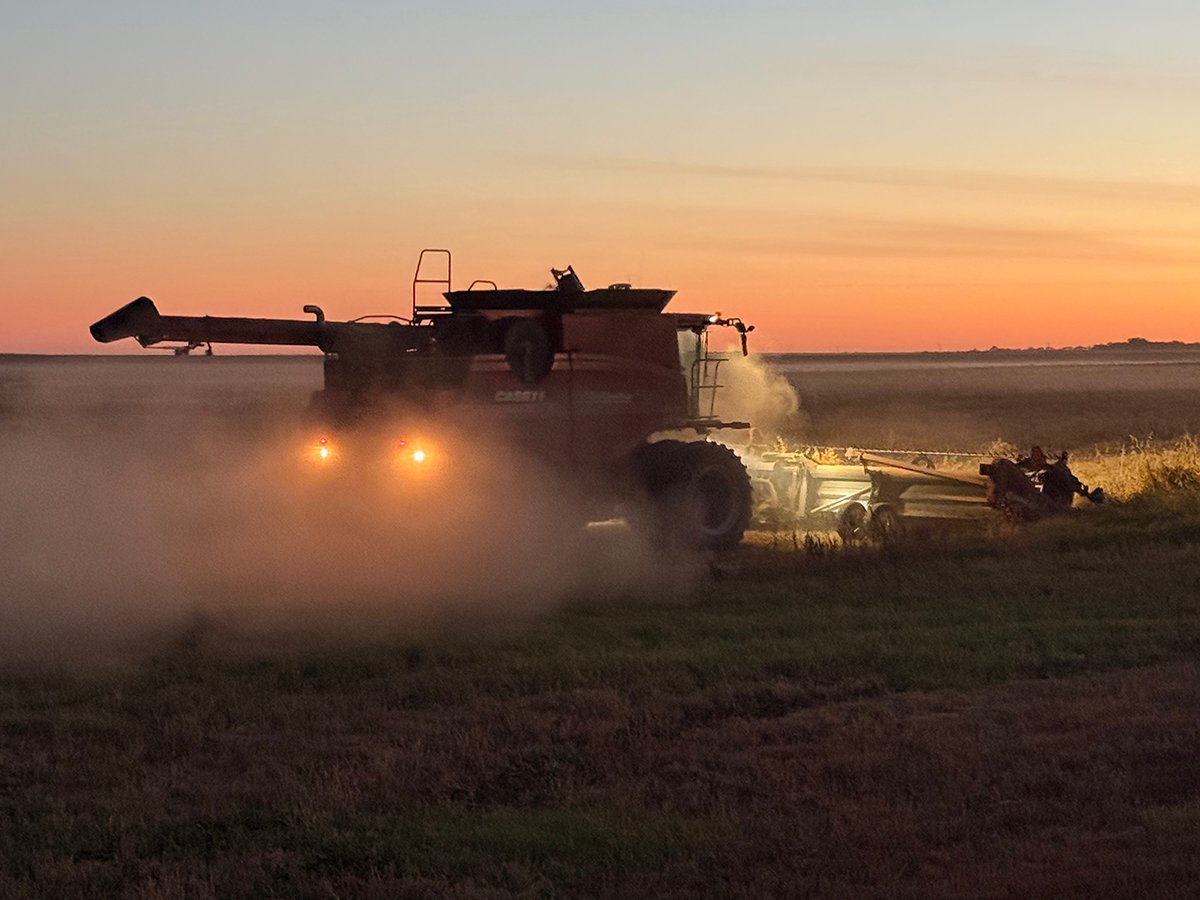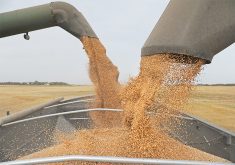We might look back at this fall as the turning point in grain farm economics — the point where making money became really difficult.
Right now, as harvest advances, the primary focus is getting the crop in the bin, and in many areas, it’s a very good crop.
When harvest is done and attention turns to marketing the crop and making decisions for the next growing season, the economic reality will hit home.
Read Also

New wheat varieties offer Prairie farmers jump in yield
Three experimental wheat varieties developed by Agriculture Canada are showing yield increases of eight to 15 per cent over AAC Brandon wheat in registration trials.
Grain prices have dropped precipitously and are now incredibly low in many cases.
While prices may bounce back a bit after harvest pressure subsides, few crops seem to have significant upside potential. Geopolitical uncertainty continues to dampen the outlook.
Meanwhile, expenses remain high.
Instead of the usual price drop after seeding, fertilizer has become more expensive.
With urea in the $850 a tonne range and phosphate approaching $1,300, very few are anxious to price their supply for next year. Unless substantial price drops occur, expect producers to cut fertilizer rates. That only makes economic sense.
Farm equipment as well as repair costs are another ongoing complaint and reason for worry.
Iron and the technology that goes with it has become very expensive. Even a modest-sized farm typically has millions of dollars tied up in equipment.
Unless you have an exceptionally good crop this year and/or you locked in forward prices when they were attractive, there isn’t any money to be made this year. Sure, you’ll cover operating expenses, but you won’t cover all your fixed costs. If you’re in a region with subpar crops, the economics are really grim.
Of course, farms that own most of their land and don’t carry much or any debt are in a far different situation than farms paying big cash rents and making large land mortgage payments.
Recently, I’ve heard a couple cases of relatively young producers with significant operations selling out or renting their land. The economics just weren’t working for them.
Will the slump in grain farm economics lead to a drop in land prices? There’s a lot of pent-up demand for land and lots of farms with impressive balance sheets after many years of strong returns, so land prices are likely to be buffered for a while.
Farm Credit Canada has a mid-year farmland values report coming out Oct. 1, but the economic outlook has only recently taken a nosedive so that won’t be captured in this report.
Of course, no one really knows how long or how deep the grain sector slump will be.
If this is the beginning of multiple difficult years, it’s reasonable to believe that land prices could reverse their longstanding upward trajectory. On the other hand, if this is just a bump in the road, land prices could continue to escalate.
Meanwhile, the economic outlook in the beef sector has seldom been brighter. It’s reasonable to expect some marginal cropland will be converted to hay or pastureland. That would be a reversal in the longstanding trend to crop every possible acre.
In the near term, in addition to low grain prices, grain movement could become a worry.
The railways have a history of underperforming in big production years. Canadian National Railway has already had performance shortfalls, so that doesn’t bode well for the winter months.
As the saying goes, big crops get bigger, and that seems to be the case as harvest proceeds. Unfortunately, the joy of producing a good crop could be short-lived.
















